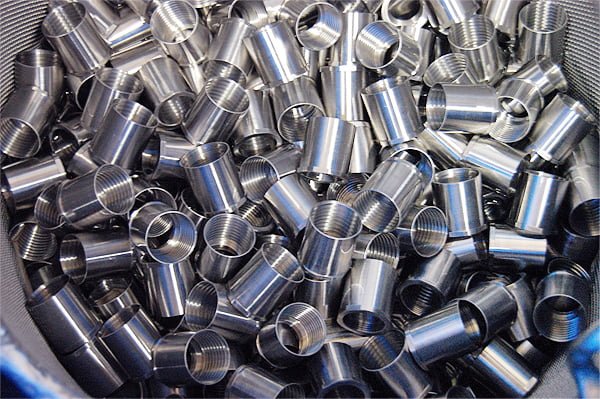While shipping temperature-sensitive is not uncommon, not everyone knows the right protocols to keep temperature-sensitive items in good condition during the process. Keeping this type of goods safe is about more than just keeping things cool through transit, and mil-spec packaging is often necessary to make this process more effective. (Related Topic: protective packaging, VCI paper, moisture barrier bags)
RELATED: Edco Supply Corporation is a leading packaging expert that specializes in protective packaging such as moisture barrier bags and VCI paper. They offer military spec packaging solutions to anyone in need. You can get in touch with them by calling at 1-800-221-0918.
Extreme temperatures, whether hot or cold can cause spoilage in pharmaceuticals, perishable foods like fresh-caught shellfish or flower delivery. In fact, pharmaceuticals, biologicals, and other medical goods with strict temperature requirements can become absolutely useless and ineffective if they undergo a fluctuation as minor as 2 degrees Celsius.
The following tips will help you keep your products at the right temperature during their journey:
– Learn the rules and regulations for temperature-controlled medical goods subject to FDA and DEA restrictions, along with federal hazardous materials regulations, which also apply to chemical shipments. Keep in mind that dry ice warrants special attention because it’s considered a hazardous material and the package must display the words “Dry ice” and a description of the contents being chilled.
– Make sure your carrier has experience with the type of goods you’re shipping. Even if you pack your items really well, using the right materials, sending them off with a carrier that doesnÔÇÖt have the necessary equipment to handle your shipment the risk of spoilage increases dramatically.
– Sturdy and insulated foam containers work well for food and other items that must remain frozen and they work well for shipping flowers in extreme heat too, although you’ll want to include coolant as well. For healthcare shipments that must maintain a specific temperature range, pre-qualified “active” temperature-controlled packaging (TCP) will keep your products in good condition.
– Choose the right coolant and the right package for it. Dry ice and gel packs have different packaging requirements and there are a few words of warning you should take into account when using either. For example, gel packs are good for keeping goods between 32 and 60 degrees Fahrenheit while dry ice should never be packed with live seafood or flowers, not to mention it should never come into direct contact with any food items.
– Monitor sensitive temperature-controlled goods in transit and always choose the fastest shipping option available.














